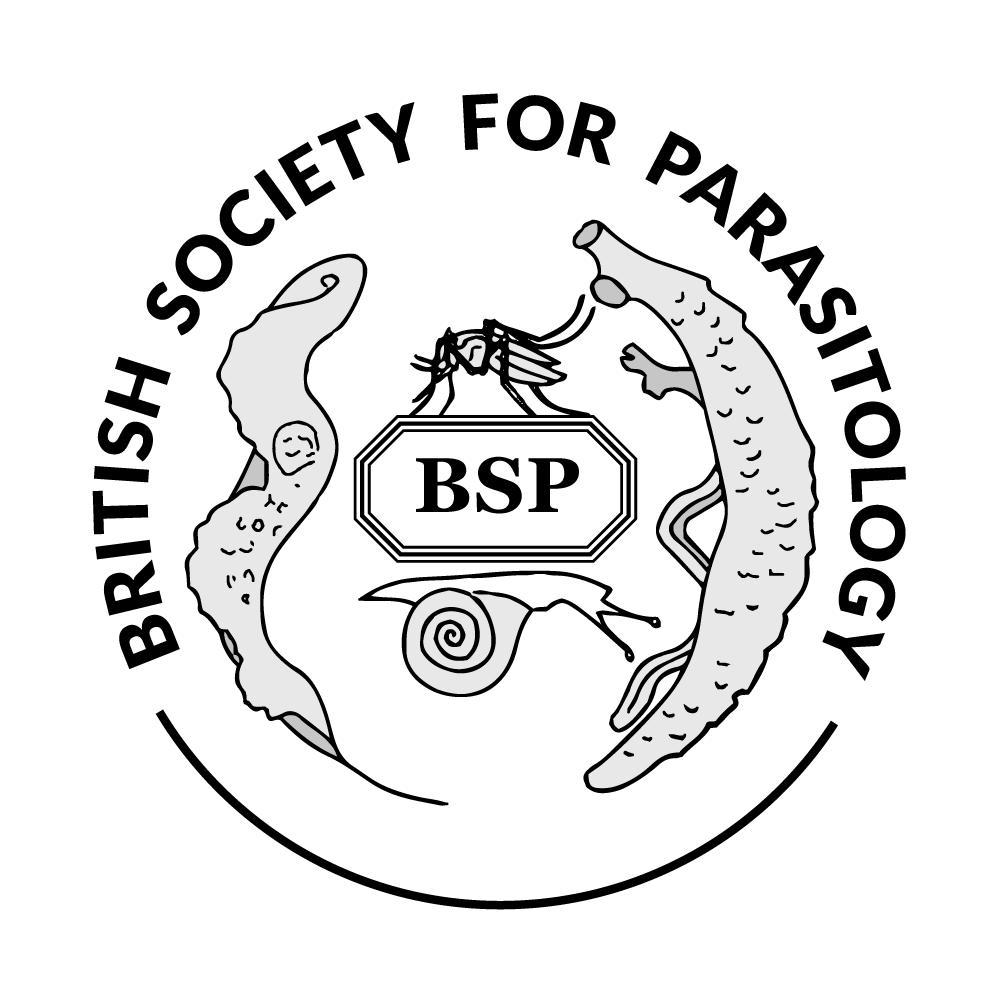

|
Poster
3 |
Prevalence of gastrointestinal helminth parasites of trade cattle in Aguata and Orumba South Local Government Areas, Southeastern Nigeria |
Gastrointestinal helminth parasites (GHPs) constitute a major impediment to livestock production in the tropics. The prevalence of gastrointestinal helminth parasites of trade cattle was investigated in Aguata and Orumba South Local Government Areas (LGA), Southeastern Nigeria. Fecal samples were collected per rectum from 210 randomly selected cattle [Aguata LGA (n=140) and Orumba South LGA (n=70)] over a three-month period. The sex, breed and body condition scores of the cattle were noted. The samples were individually subjected to floatation and sedimentation techniques. The overall prevalence of GHPs was 57.6% (95% CI = 0.509–0.643). Of the 140 cattle screened at Aguata LGA, 74 (52.9%; 95% CI = 0.446–0.609) were positive for gastrointestinal helminth ova while 47 (67.1%; 95% CI = 0.555–0.77) were positive out of the 70 cattle screened at Orumba South LGA. A variety of gastrointestinal helminth ova were detected including strongyles, strongyloids, Toxocara, Fasciola, Schistosoma, Moniezia and Paramphistomum ova. Four zoonotic helminth ova were detected in the study area. Strongyle eggs were the most prevalent eggs detected in single infections, followed by Fasciola eggs. Mixed infections were more common than single infection. Body condition score was significantly associated (p<0.0001) with the prevalence of GHPs of cattle in the study area, while sex and breed were not. It was therefore concluded that trade cattle in Aguata and Orumba South LGAs, Southeastern Nigeria were affected by variety of GHPs including zoonotic helminths. Thus, routine anthelmintic treatment, good management practices and public enlightenment on the zoonotic importance of GHPs is highly essential.
Keywords: Prevalence; Gastrointestinal helminth parasites; Cattle; Southeastern Nigeria